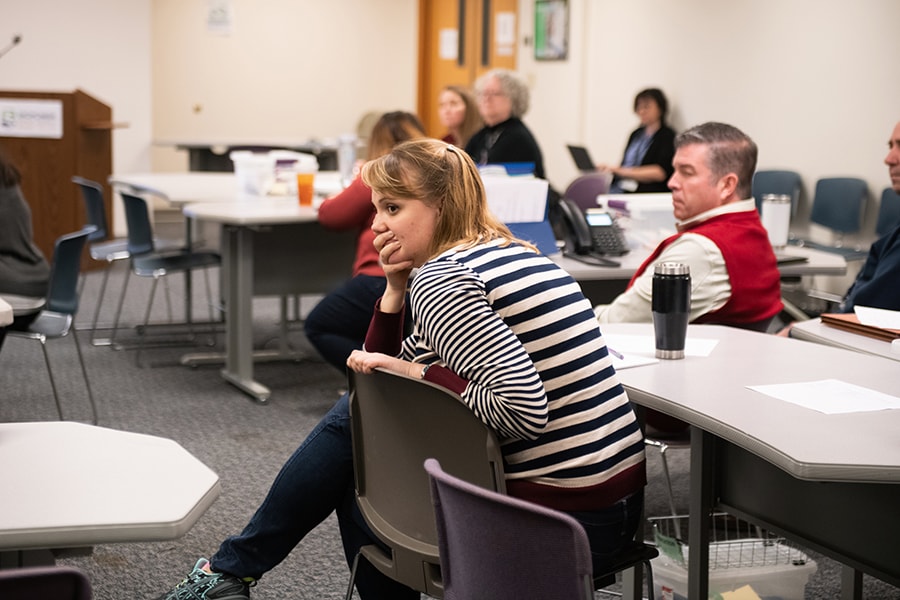
Inside the race to contain America's first Coronavirus case
Amidst the global health emergency, in the United States, containing the virus is a local responsibility, leaving health workers to isolate the sick, monitor others and brace for the unexpected emergency of new cases
 Snohomish Health District employees meet to discuss the county’s efforts to contain the coronavirus in Everett, Wash. on Jan. 31, 2020. Within the United States, where at least 10 more cases have since been confirmed, containing the coronavirus is a local responsibility where health officials at the county and municipal level are the ones who are scrambling to isolate the sick, learn where they have been and monitor those who have come into contact with them. Image: Chona Kasinger/The New York Times
Snohomish Health District employees meet to discuss the county’s efforts to contain the coronavirus in Everett, Wash. on Jan. 31, 2020. Within the United States, where at least 10 more cases have since been confirmed, containing the coronavirus is a local responsibility where health officials at the county and municipal level are the ones who are scrambling to isolate the sick, learn where they have been and monitor those who have come into contact with them. Image: Chona Kasinger/The New York Times
EVERETT, Wash. — It started with a stubborn cough. A visit to an urgent care facility. A test being sent off to the Centers for Disease Control and Prevention. And then a 35-year-old resident of Snohomish County, Washington, being named the first confirmed case of the coronavirus in the United States.
Dr. Hollianne Bruce, the lone epidemiologist assigned to the control of communicable diseases in the county’s public health office, jumped into action. Declining to wait for a CDC team to arrive from Atlanta, she dialed up the patient, who had been taken to an isolation unit at a hospital.
Seeking to establish a rapport, Bruce told him she knew he was not feeling well. She apologized for the disturbance. But she impressed on him how he might help save lives by sharing where he had been in recent days and with whom he had come into contact.
“We don’t know a lot about this virus,” she told him. “We’d like to ask you some questions.”
The man, who had been taken to the hospital the night before in a covered gurney intended for Ebola patients, agreed to help. It would be the first of several conversations he would have with Bruce, some by phone, others over a walkie-talkie as she stood outside his sealed room. Once, at his request, she bought him lunch at a nearby Panda Express.
In their conversations, she took him back six days, when he had returned from visiting family in Wuhan, China, the epicenter of the outbreak.
©2019 New York Times News Service




